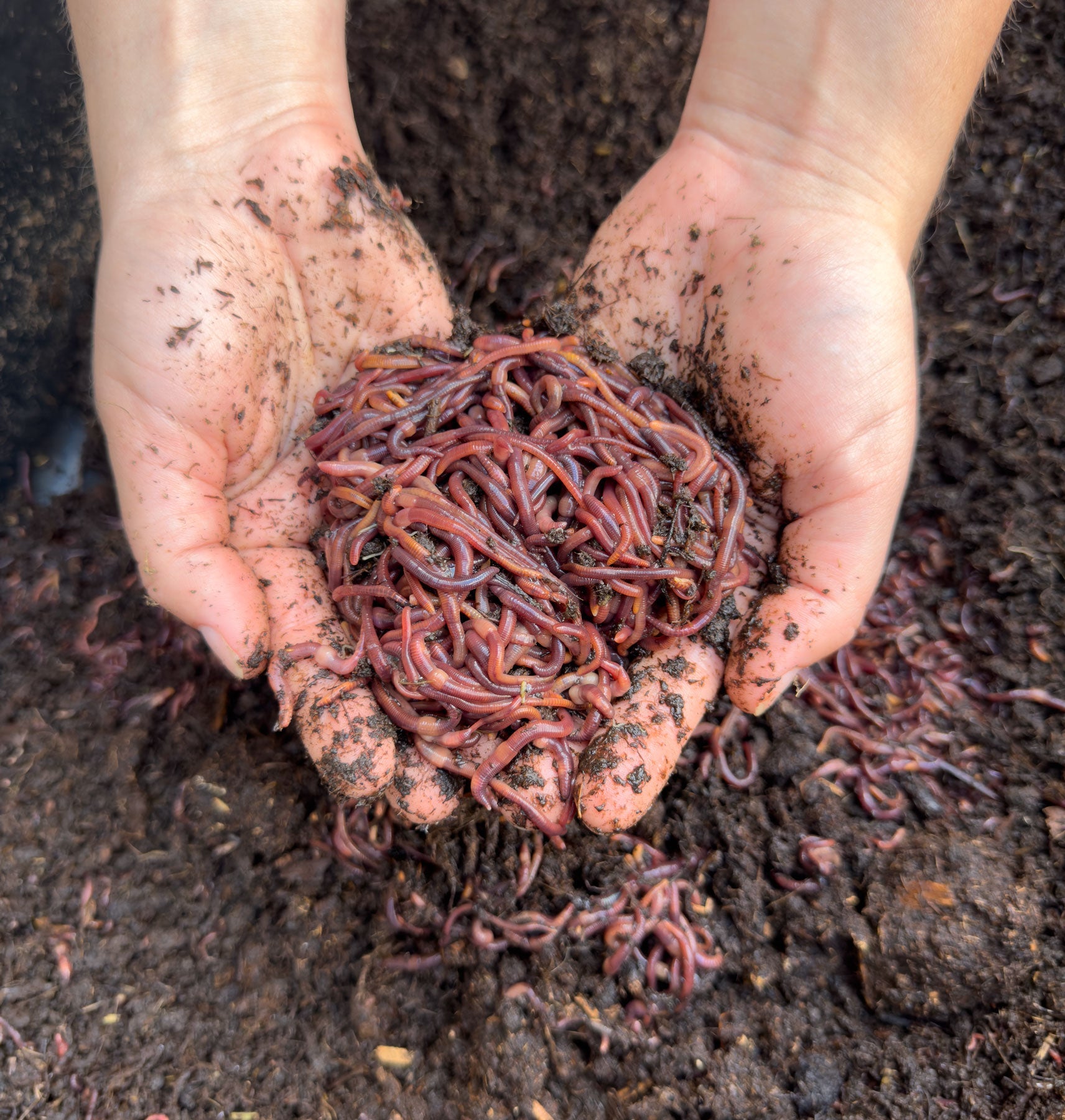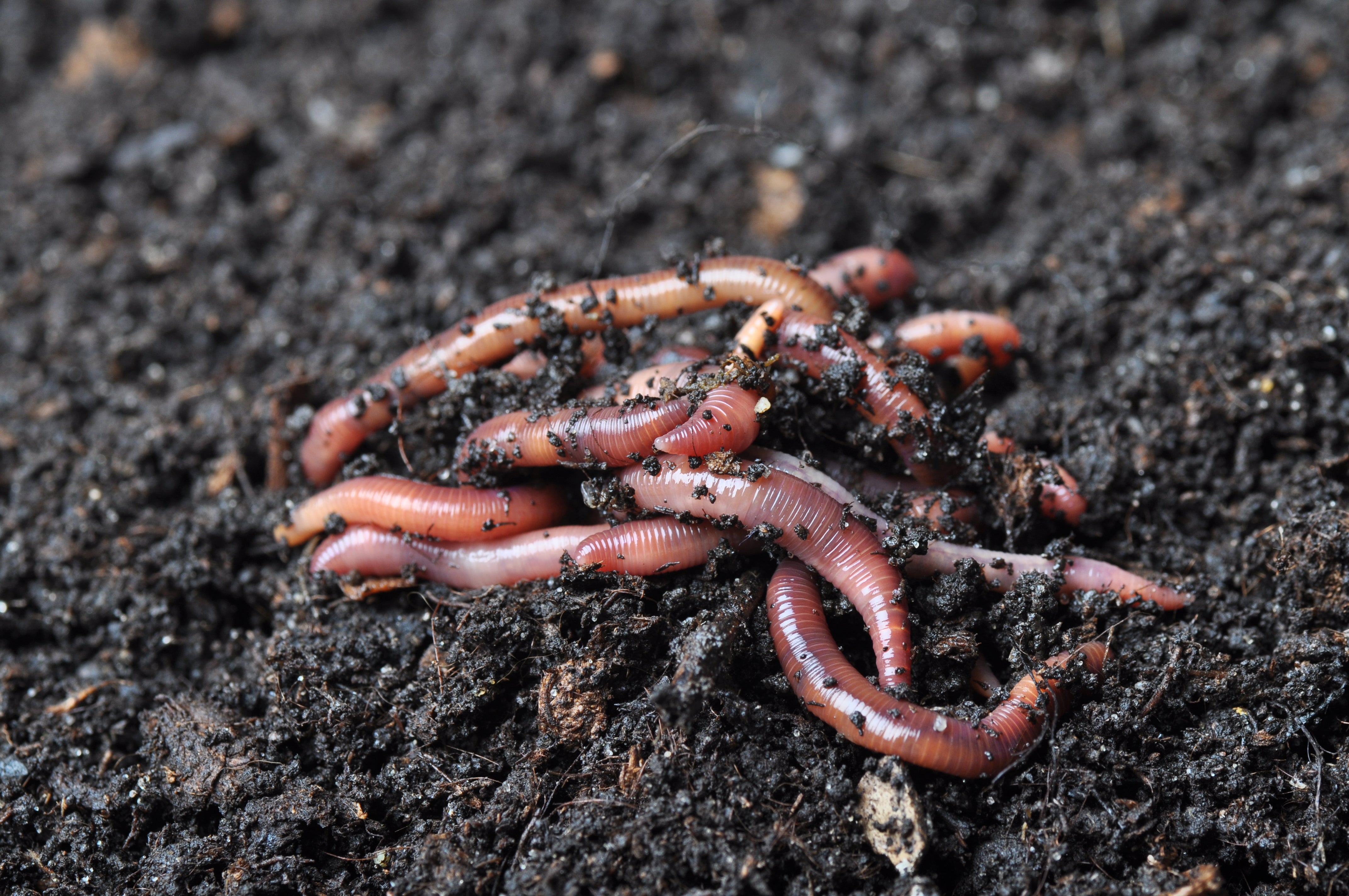How Red Wigglers Can Transform Your Composting Experience
The integration of red wigglers into composting methods provides a transformative approach to waste administration and soil enrichment. These microorganisms not only accelerate the disintegration procedure however additionally create nutrient-dense vermicompost that enhances dirt wellness and fertility. Their flexibility to numerous atmospheres makes them an ideal option for both beginner and knowledgeable composters alike. Comprehending the specific requirements and advantages associated with keeping a growing worm population is important for maximizing their potential. What strategies can one employ to ensure a successful vermicomposting experience?
Benefits of Red Wigglers
Red wigglers, medically called Eisenia fetida, are a keystone of reliable composting systems due to their exceptional capacity to decompose natural matter efficiently. These worms master transforming kitchen scraps, yard waste, and other organic materials into nutrient-rich compost, typically described as worm spreadings. Lake Hickory Bait. This procedure not just decreases garbage dump waste however additionally adds to sustainable gardening methods
One of the key advantages of red wigglers is their high reproduction price, allowing them to occupy a composting setting swiftly. This rapid multiplication boosts decomposition rates, causing faster compost manufacturing. Additionally, red wigglers flourish in a varied variety of problems, making them adaptable to numerous composting arrangements.

Establishing Up Your Worm Bin
Make certain that the bin has water drainage holes to stop water build-up, which can result in anaerobic conditions damaging to the worms. In addition, including air flow openings will help keep appropriate moisture degrees and oxygen flow.
Following, it is important to provide bedding for the worms, which can consist of shredded newspaper, cardboard, or coconut coir. This bed linen not only supplies an environment for the worms but additionally aids in wetness retention.
Placement the worm bin in a place that preserves a temperature variety of 55-77 ° F(13-25 ° C) to maximize worm activity. Prevent putting the bin in direct sunlight or extreme temperatures. By complying with these standards, you can develop a conducive setting for red wigglers, enhancing the efficiency of your composting procedure.
What to Feed Your Worms

To preserve optimal problems, it's suggested to chop larger scraps into smaller pieces, promoting quicker disintegration. Beginning by presenting tiny amounts of food and keep an eye on the worms' usage price; change appropriately to avoid overfeeding, which can develop an unhealthy setting. Finally, offering a constant feeding timetable will help keep your worm populace prospering while enhancing the overall performance of your composting efforts. By comprehending what to feed your worms, you lay the groundwork for a successful and lasting composting experience.
Preserving a Healthy Habitat
Creating a thriving composting atmosphere for red wigglers needs focus to their environment, as it straight affects their health and wellness and efficiency. The suitable environment needs to maintain a well balanced wetness level, generally between 60-70%. Extreme moisture can cause anaerobic conditions, while not enough wetness may dehydrate the worms.

The bed linens material in the compost need to be diverse and shredded, incorporating materials like cardboard, paper, and coconut coir. This not only provides a comfortable atmosphere but likewise functions as a food resource. Lake Hickory Bait. Frequently looking for smells or signs of pests can aid identify prospective problems prior to they rise
Last but not least, keeping a balanced pH level, ideally between 6 and 7, makes sure a favorable habitat for red wigglers, fostering their capacity to process raw material successfully. By resolving these factors, you can develop a lasting and effective composting community.
Harvesting and Making Use Of Garden Compost
Gathering compost from a worm container is a rewarding procedure that changes natural waste right into nutrient-rich product for gardens and plants. Once the composting cycle is complete, generally after 8-12 weeks, it's time to collect the vermicompost. The initial step entails separating the red wigglers from the finished garden compost. This can be done using methods such as the "light" method, where worms are attracted to light and can be scooped away from the top layers, or by moving the compost away of the bin and adding fresh bedding to the various other side, motivating the worms to move.
Once the worms are removed, the staying compost can be filtered to get rid of any larger fragments or undecomposed material. The final product ought to have a dark, brittle appearance and an enjoyable earthy smell, showing that it awaits use. This rich compost can be applied straight to garden beds, blended right into potting dirt, or made use of as a top clothing for potted plants. By incorporating vermicompost right into your gardening techniques, you not only improve soil fertility however also advertise healthy plant development and lasting gardening techniques.
Final Thought
Incorporating red wigglers into composting methods dramatically enhances the decomposition procedure and adds to the manufacturing of nutrient-rich vermicompost. The resulting worm spreadings enhance soil framework, fertility, and microbial activity, eventually promoting healthier plant growth.
Comments on “Get the Top-Quality Worms for Your Garden with Red Wiggler Express”